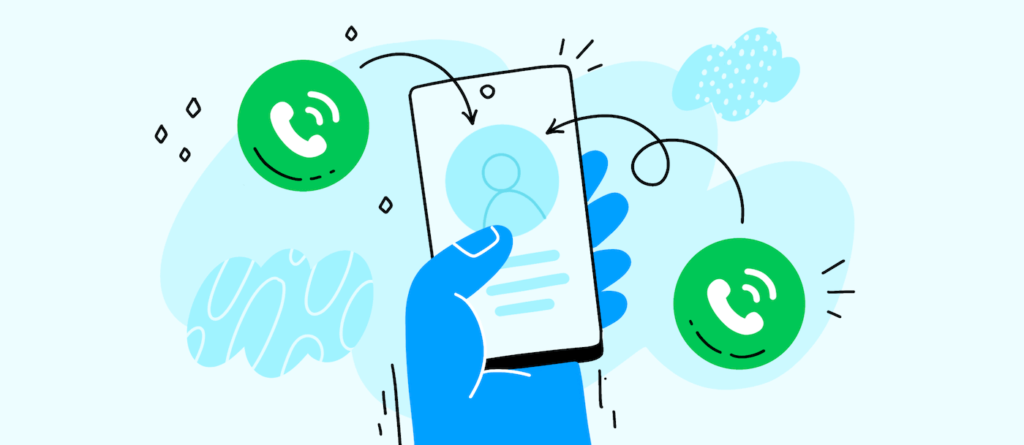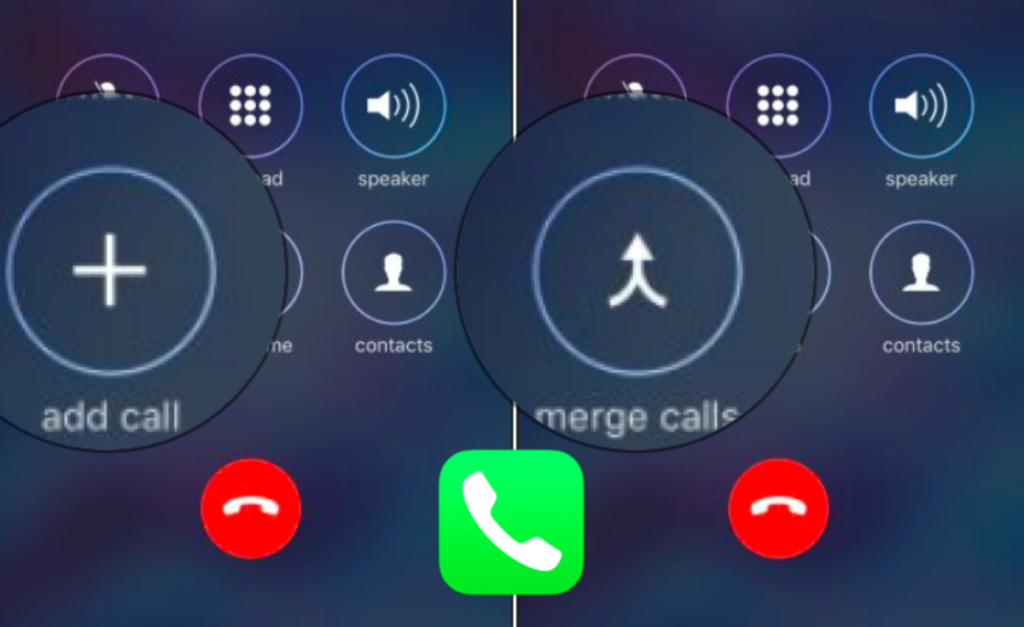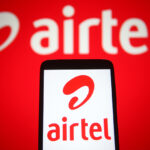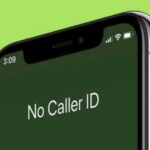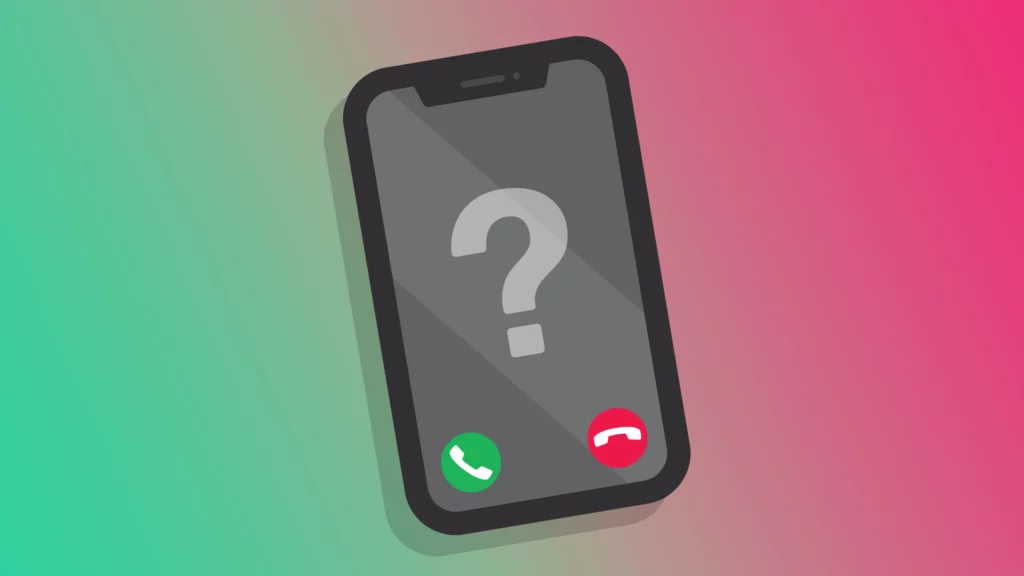Table of Contents
How to Get Phone Records From Verizon?
If you need to know how to get phone records from Verizon, there are a few different options. You can request them in writing, by phone, or online.
Cellphone use and other data are often requested by law enforcement through subpoenas or warrants. According to Verizon’s data, it rejected about 3% of the demands it received this year.
How to Get Phone Records from Verizon?
If you want to view call and text records from Verizon, the process is relatively simple. You can use their website or the app on your device to access call logs and text messages.
The website is a more convenient option, as it allows you to view your account details without having to download an app or sign in using a username and password. However, it does not offer a detailed call log.
You can also check the logs by signing in to your Verizon account via either a username or phone number and password. Select “Bill Details” from the prompt menu and choose the period for which you want to see the details.
Text message content is stored for about three months and then deleted from the provider’s server. If you’re seeking a complete history of messages, you may need to serve a subpoena or court order.

Online:
If you’re interested in obtaining Verizon phone records, you can do so online. The company’s website allows you to see call logs and text message history in a few simple steps.
The company’s mobile app also offers access to this information. Sign into your Verizon account with your username, phone number, and password to view this data.
Another way to obtain Verizon phone records is by requesting them in writing or by telephone. These requests are typically processed within 7-10 days.
The length of time that phone records are stored by Verizon depends on the type of data and how long it takes for law enforcement to request it. For example, Verizon stores call records, network usage, and text message data for a year. They also store the Main log, Transaction report, and notification logs for 12 months.
Paper:
Verizon provides customers with a link to their call records, text messages, and usage online. These details can be accessed using the account holder’s phone number and password.
The records include the caller’s phone number, duration of calls, start and end times, and cell tower information. The data is kept for a year before it’s deleted from the company’s servers.
In addition, law enforcement has the right to ask Verizon for its subscribers’ locations. However, US laws vary on whether this requires a warrant or an order from a judge.
A Verizon spokesman says the company doesn’t release stored content to law enforcement without a probable cause warrant, but it does make a “relatively small number” of these requests.
Google recently announced Paper Phone, an open-source Android app that lets you print out your favorite contacts, maps, and meetings onto paper, and it’s part of a wave of Digital well-being experiments. It’s designed to help people focus on what really matters instead of letting technology distract them.
Subpoena:
If you are involved in a legal case and need to get phone records from Verizon, you can request them through a subpoena. These documents are used in criminal and civil court proceedings, allowing attorneys or parties to obtain important information that might otherwise be difficult or impossible to get through other means.
Most cellular carriers have a separate compliance office specifically set up to handle these types of requests. You can speed up the process by sending your subpoena to that compliance office.
A subpoena is a legal document that gets served to a person or company, usually via a sheriff, and requires them to produce evidence relevant to a certain situation. It is essential that you understand how to read and follow a subpoena correctly, as failing to do so could result in penalties or even criminal charges.
Wireless companies, including Verizon, keep detailed records of their customers’ cell phone use. Which are sometimes called call detail records (CDR). These documents can provide valuable insight into your calling patterns and your location, especially if you regularly ping off the nearest cellular tower.


